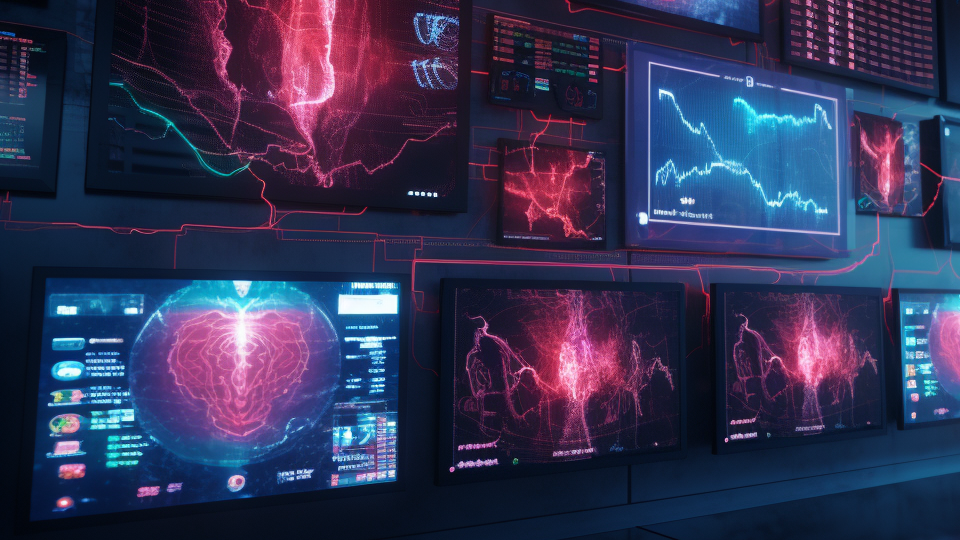Over the past decade or so—and especially now in the post-covid era—online transactions and interactions have become the norm. As convenient as this shift is, it has also opened the door to new security challenges. Ensuring that individuals are who they claim to be is therefore of paramount importance—especially in fields like banking, gaming, healthcare, and online marketplaces.
One technology that has gained prominence in recent years for addressing this concern is facial liveness detection for identity verification (IDV). By leveraging the uniqueness of human facial expressions and movements, this technology adds an extra layer of security that goes beyond simple photo identification.
What is facial liveness?
Facial liveness detection is a cutting-edge technology that distinguishes between a live person and a static image or video of someone’s face. Traditional methods of IDV often relied on static photographs, which were vulnerable to spoofing and fraudulent activities. Criminals could use photos or videos to gain unauthorized access to sensitive systems, leading to breaches and identity theft.
This capability was developed to counter these threats by assessing the dynamic qualities of a human face, ensuring that the individual is present and alive during the verification process.
How does facial liveness work?
Verification of facial liveness relies on sophisticated algorithms and artificial intelligence to analyze facial features and movements. Here’s a brief overview of how the process works:
Challenge-response mechanism: During the ID verification process, the user is asked to perform specific actions or movements that are difficult for static images or pre-recorded videos to replicate. These actions might include blinking, smiling, nodding, or turning the head.
Real-time analysis: The system captures a live video feed of the user’s face while they perform the required actions. This video feed is then analyzed in real time by the facial liveness detection algorithm.
Facial feature extraction: The algorithm extracts key facial features and landmarks from the video feed, such as eye movement, lip motion, and head orientation.
Behavioral analysis: By comparing the extracted facial features and movements to expected patterns of a live human face, the algorithm determines whether the individual is genuinely present or attempting to deceive the system with a static image or video.
What are the benefits of facial liveness detection?
Incorporating liveness detection into any IDV system is imperative for security, privacy, and regulatory compliance reasons. Here are some more specific explanations:
Enhanced security: By demanding real-time interaction, facial liveness detection significantly reduces the risk of spoofing and impersonation. This is especially crucial in industries like finance and healthcare, where sensitive information is at stake.
User-friendliness: Unlike some complex security measures, facial liveness detection is user-friendly. Users are simply required to perform natural facial movements, making the verification process seamless and non-intrusive.
Privacy preservation: Traditional methods that store static images. Facial liveness detection systems don’t retain the user’s biometric data, thus preserving their privacy and reducing the chances of a data breach.
Scalability: The technology can be integrated into various platforms and devices, from smartphones to computers, making it highly scalable and adaptable.
Compliance: Many industries are subject to strict regulations concerning identity verification and data protection. Facial liveness detection helps businesses adhere to these regulations effectively.
What are the challenges?
While facial liveness detection is a significant advancement in the field of IDV, it is not without its challenges. Variability in lighting conditions, camera quality, and user behavior can sometimes lead to false positives or negatives. Continuous research and development are essential to refine algorithms and address these limitations.
Moving forward into the future, we can expect further integration of facial liveness detection with other biometric technologies such as fingerprint and voice recognition for multi-factor authentication (MFA). Additionally, improvements in machine learning and AI will likely lead to even more accurate and efficient liveness detection systems.
Where do we go from here?
Facial liveness detection technology is a game-changer in the realm of identity verification. In harnessing the power of facial expressions and movements, developers have created a technology that provides a robust defense against impersonation and identity fraud.
As businesses and industries continue to embrace digitalization, implementing facial liveness detection not only enhances security but also builds trust among users. The continuous evolution of this technology no doubt promises a safer and more secure digital landscape for everyone.
About the post:
Images are generative AI-created. Prompt: futuristic 4k image of a wall of monitors showing various vital signs such as brain wave activity, heartbeat, etc. Tool: Midjourney.
About the author:
Shane Oren is the CRO for IDVerse. He has over 12 years experience in sales for a range of businesses, from startups to large enterprises, where he has achieved record-breaking results. In his current role, Shane leads the North American office and manages revenue across the market, overseeing sales and customer support teams.


